While Tuscany’s famous cities draw millions of visitors each year, its small villages hold the true secrets of Italian wine and olive oil production. These 15 remarkable communities continue age-old traditions of crafting exceptional wines and pressing liquid gold from ancient olive groves.
Ever wondered where to find Italy’s most authentic food experiences? These villages offer intimate encounters with artisanal producers who treat their craft as both tradition and art.
Castellina in Chianti

Perched on a hilltop surrounded by ancient vineyards, this medieval village serves as the heart of traditional Chianti production. Local families have been making wine here for over 800 years, with many offering informal tastings in historic cellars carved into the bedrock.
The village’s olive oil cooperative hosts daily tours where you can learn traditional pressing methods and sample oils from different groves. The best time to visit is during the autumn harvest when the entire village comes alive with activity.
Montenero d’Orcia

This tiny village on Mount Amiata’s slopes produces some of Tuscany’s most distinctive olive oils thanks to its unique volcanic soil. Local producers still use granite millstones to crush their olives, believing this traditional method creates superior flavors.
The village hosts weekly markets where you can sample oils from different producers while enjoying spectacular views of the Orcia Valley. Morning visits offer the best opportunity to watch the pressing process and meet local farmers.
Like Travel Pug’s content? Follow us on MSN.
Volpaia

Almost every building in this perfectly preserved medieval village plays a role in wine production. The entire community operates as a working winery, with underground pipes carrying wine between different processing areas housed in historic buildings.
Local families offer tours of their small operations, where traditional methods mix with modern techniques. Evening tastings often feature live music in the village square, where you can sample wines while watching the sunset over the Chianti hills.
Castelfalfi
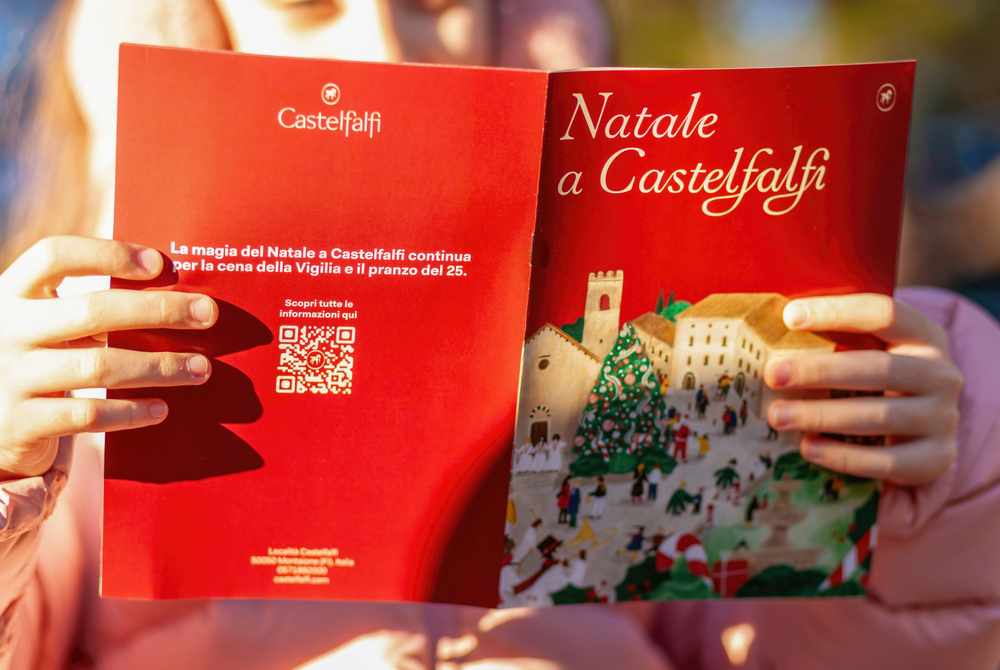
This restored hamlet combines thousand-year-old olive groves with innovative organic farming practices. The village’s cooperative press produces award-winning oils from trees that have been producing fruit for centuries.
Local guides offer walks through the groves where you can learn about sustainable farming practices and traditional harvesting methods. The village restaurant showcases different oils throughout the year, pairing them with seasonal local specialties.
Montisi
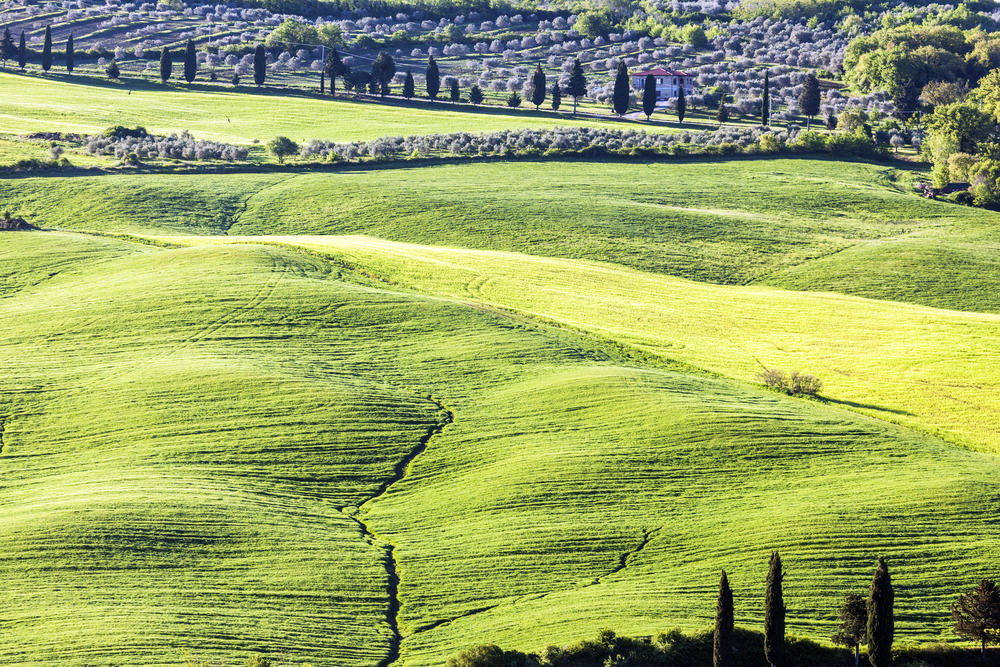
Hidden in the Crete Senesi region, this small village specializes in rare olive varieties found nowhere else in Tuscany. The local olive press welcomes visitors for demonstrations during the harvest season, using equipment that dates back generations.
Small family operations offer intimate tastings where you can compare oils from different microclimates within the village territory. The village hosts an annual olive festival each November to celebrate the new harvest.
Like Travel Pug’s content? Follow us on MSN.
Felsina

This ancient Etruscan settlement now produces some of Tuscany’s most respected wines and olive oils. The village’s historic cellars tunnel deep into limestone cliffs, creating perfect aging conditions for both wine and oil.
Local producers offer combined tastings that demonstrate how different wines and oils complement each other. Morning tours often include breakfast with freshly pressed oil in the village’s medieval piazza.
Gaiole in Chianti

This village preserves traditional methods of both wine and olive oil production in its many small family operations. Local producers age their wines in medieval castle cellars while pressing olive oil in restored Renaissance buildings.
The village market features different producers each week, offering chances to compare various styles and methods. Evening tastings often include storytelling sessions where producers share tales of past harvests.
Fonterutoli
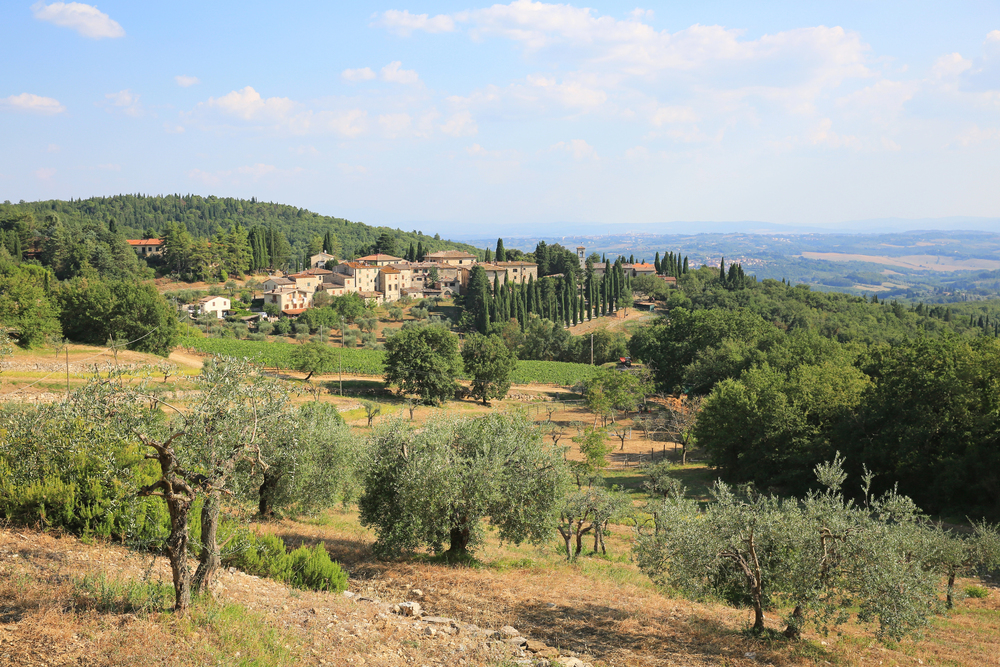
This tiny hamlet has been producing wine and oil since Etruscan times, with many original buildings still in use. The village’s modern wine cellar blends seamlessly with medieval architecture, demonstrating how tradition meets innovation.
Families offer homestay experiences during harvest season, where you can participate in picking and processing. The village’s elevation provides spectacular views of the Chianti region, especially beautiful during sunset tastings.
Like Travel Pug’s content? Follow us on MSN.
Panzano

Famous for its traditional butcher shop, this village also produces exceptional wines and oils in its surrounding hills. Local wineries specialize in small-batch productions that rarely leave the region, offering unique tasting opportunities.
The village hosts Sunday morning tastings where producers share their latest wines and oils with visitors. Evening walks through the vineyards often end with informal tastings at small family estates.
Lucignano d’Asso
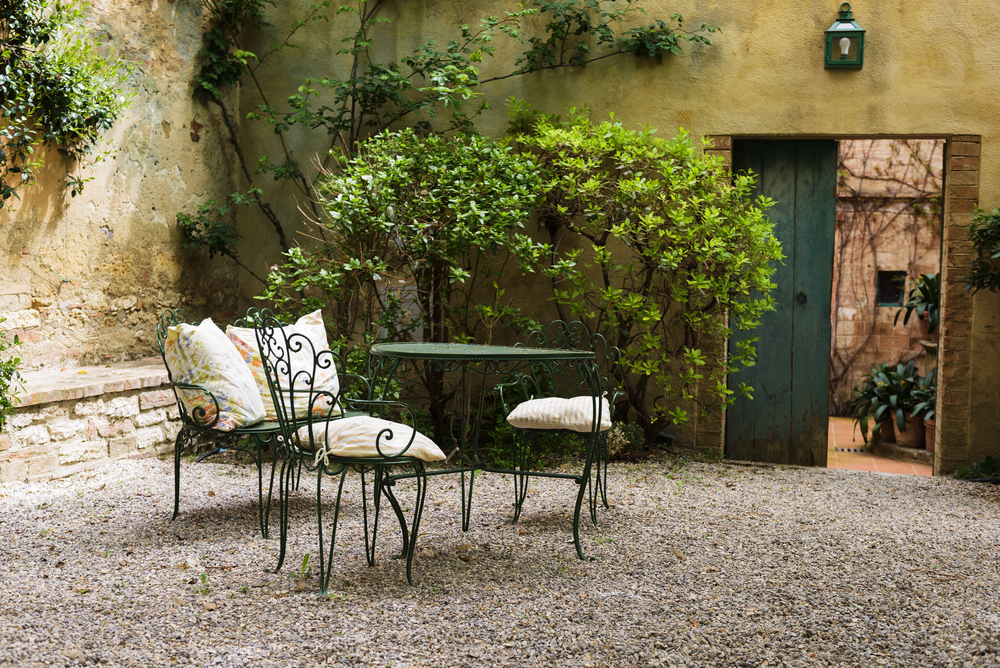
This tiny medieval village specializes in organic wine and oil production using traditional methods. Family estates welcome visitors for tours of their historic cellars and pressing facilities.
The village’s elevation and soil composition create unique conditions for both grape and olive growing. Local restaurants feature special menus designed to showcase different oils throughout the seasons.
Petroio
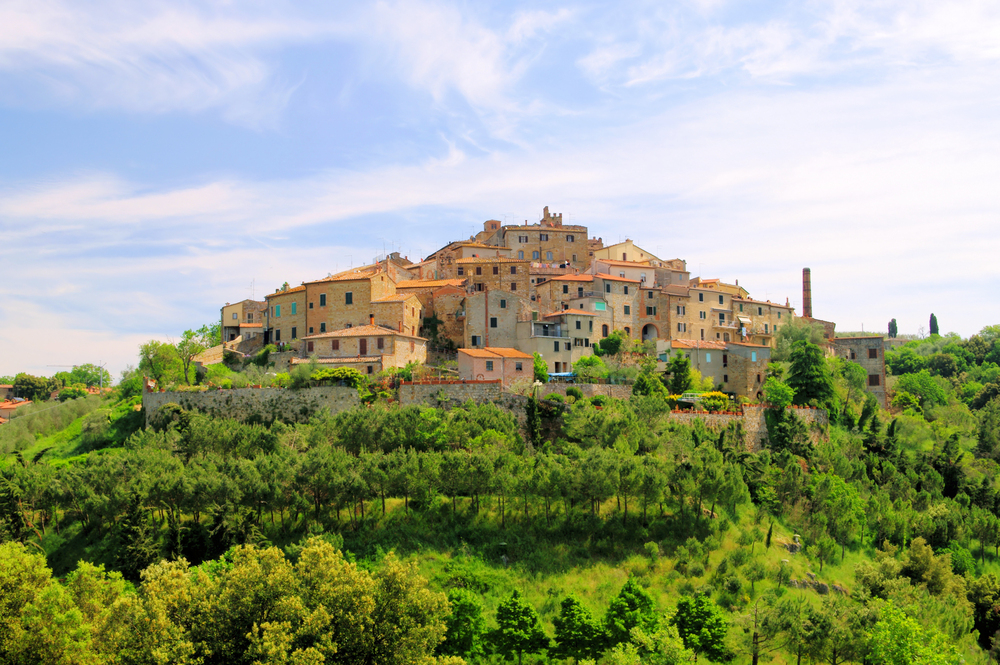
Known for its terracotta, this village also produces distinctive oils from groves growing in clay-rich soil. The village cooperative offers tours combining traditional pottery making with oil pressing demonstrations.
Local producers age their oils in terracotta containers, believing this enhances the flavor. Morning visits often include traditional Tuscan breakfast with fresh oil and local bread.
Like Travel Pug’s content? Follow us on MSN.
Cerbaia
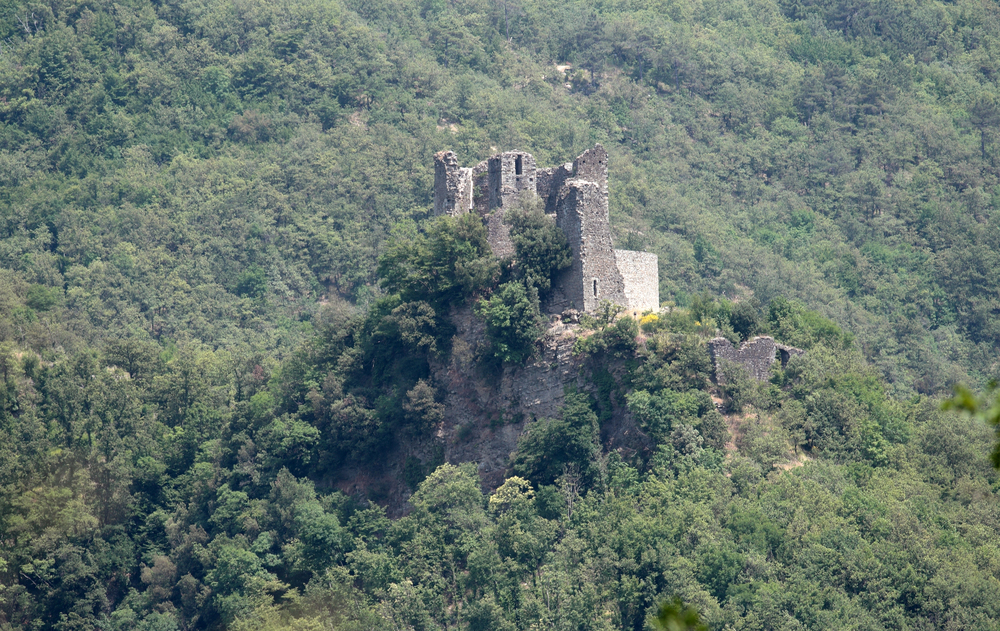
This small village in the Chianti Classico region maintains strict traditional production methods for both wine and oil. Family estates offer tours where you can compare modern and historic production techniques.
The village’s position provides perfect growing conditions for both grapes and olives. Evening tastings often feature spectacular views of the sunset over Florence in the distance.
Bagno Vignoni
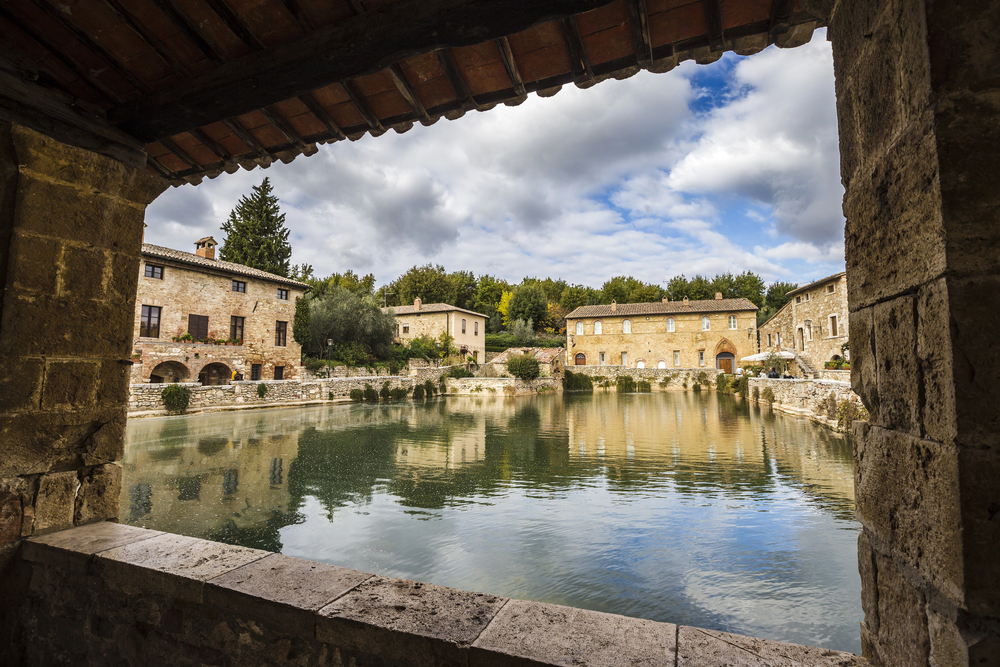
Famous for its historic thermal pools, this village also produces exceptional oils from hillside groves. Local producers combine olive growing with thermal water use, creating unique agricultural practices.
The village square features regular tastings where you can sample oils while soaking in the atmospheric surroundings. Morning visits offer the best opportunity to watch traditional pressing methods in action.
Montegiovi
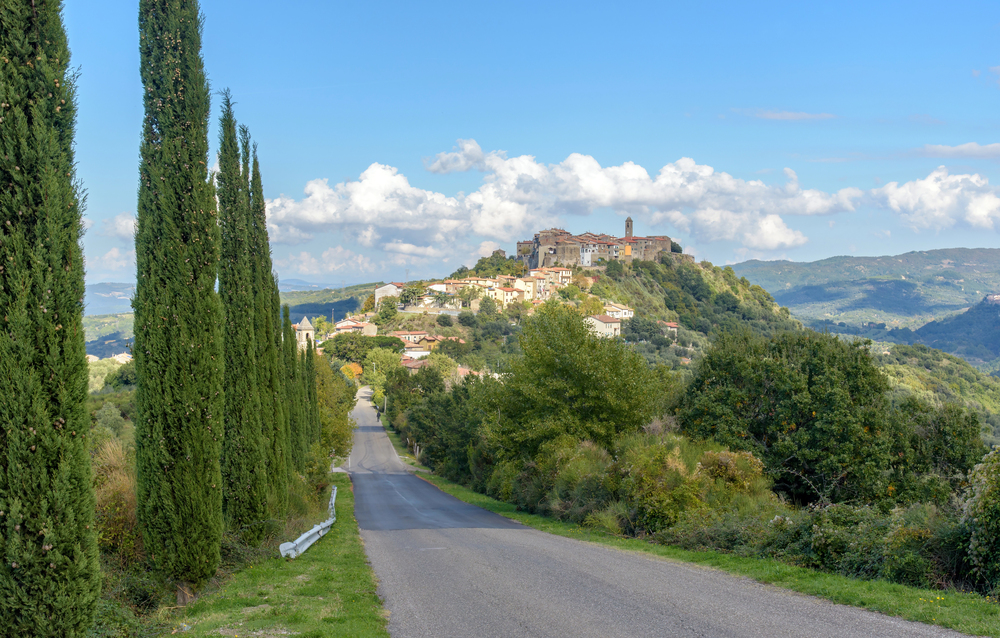
Located on Monte Amiata’s slopes, this village produces distinctive high-altitude wines and oils. The cool mountain climate creates unique growing conditions that influence both products’ flavors.
Local families welcome visitors into their homes for traditional meals featuring their products. The village hosts monthly full moon tastings combining wine, oil, and stargazing.
Like Travel Pug’s content? Follow us on MSN.
Trequanda

This perfectly preserved medieval village continues centuries-old traditions of artisanal production. The village mill offers daily demonstrations using historic equipment that is still in regular use.
Local producers host weekly tastings in the medieval tower featuring wines and oils from different seasons. Evening visits often include spectacular sunsets over the surrounding olive groves and vineyards.
Explore Tuscany’s Hidden Foodie Villages

These hidden villages represent the heart and soul of Tuscan wine and olive oil traditions, where ancient knowledge meets modern passion for quality. Each community offers unique perspectives on production methods, tasting experiences, and the deep connection between people and land that makes Tuscan products so special.
Whether you’re a serious food enthusiast or simply curious about traditional production methods, these villages provide authentic experiences that go far beyond typical tourist tastings.
More from Travel Pug

- 15 Dangerous European Cities to Avoid
- 15 Caribbean Islands Where Tourists Keep Getting Scammed
- The 20 Most Fascinating Abandoned Places: A Journey Through Time and Forgotten Spaces
- 15 Hidden Places in the Smithsonian Museums Locals Love: A Guide to Lesser-Known Treasures
- 16 Hidden Florida Beach Towns That Aren’t Overrun with Tourists
Like Travel Pug’s content? Follow us on MSN.
